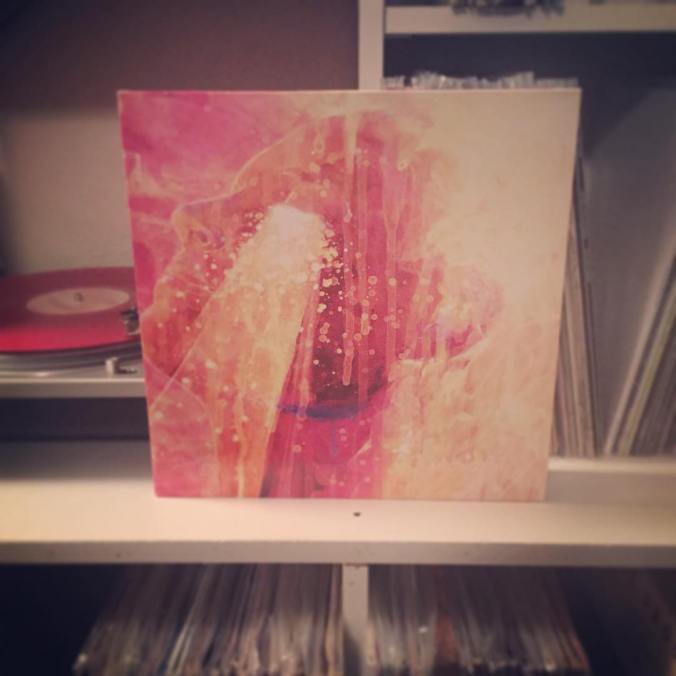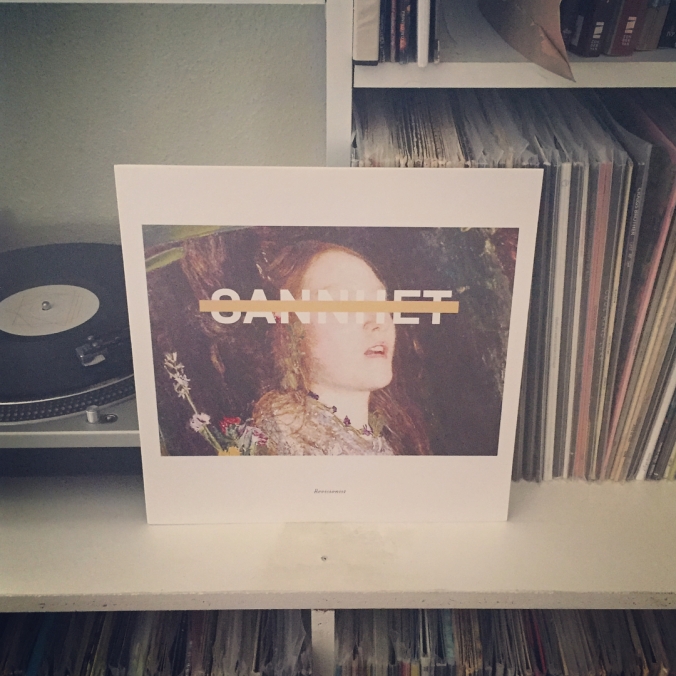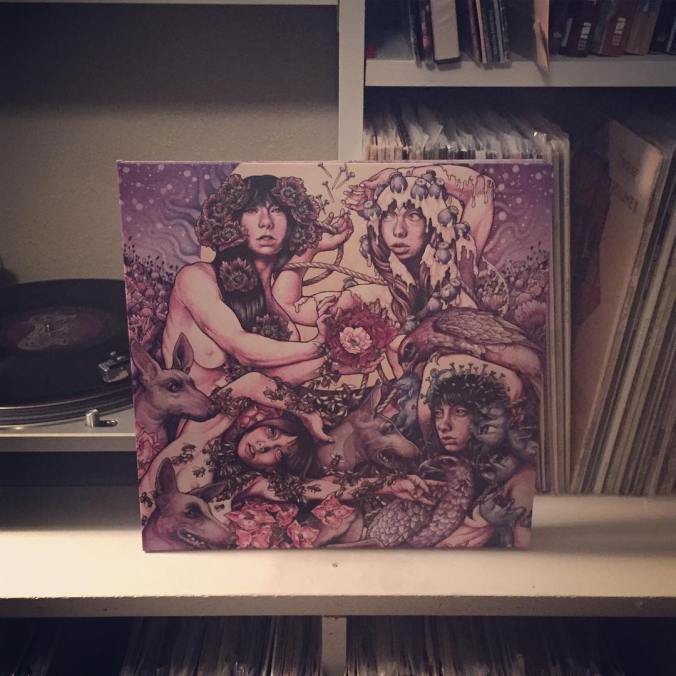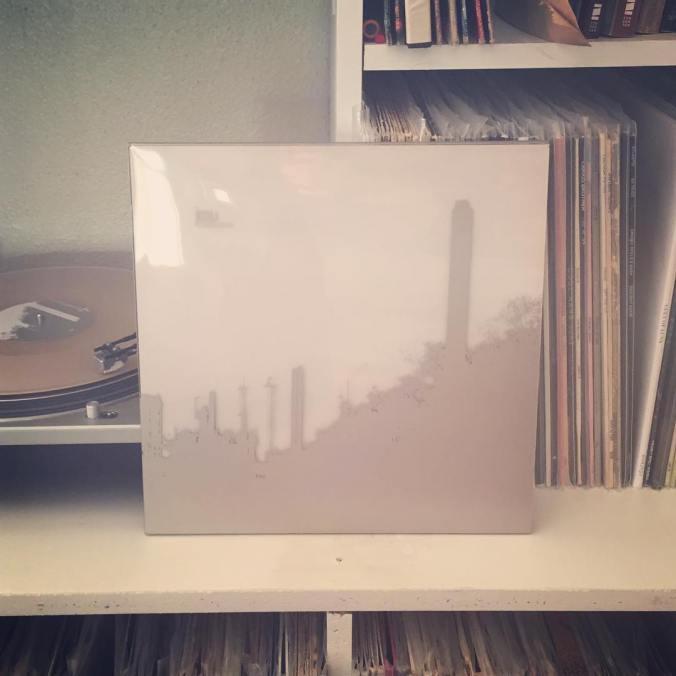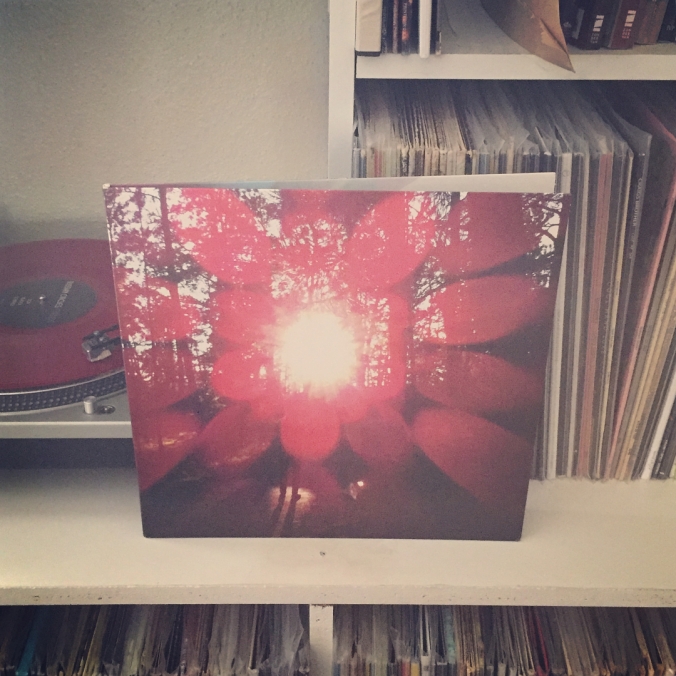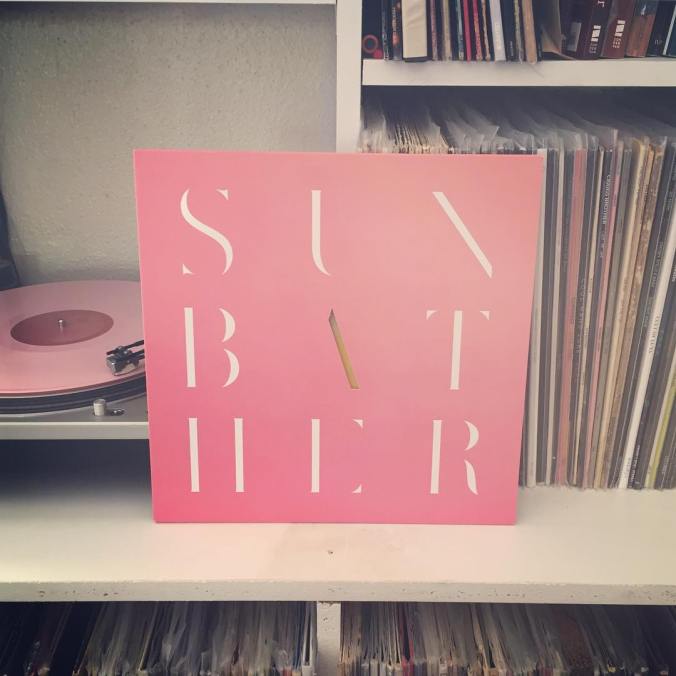“Remembering Jerry Garcia’s Musical Impact” plus 1 more |
| Remembering Jerry Garcia’s Musical Impact Posted: 15 Aug 2018 03:47 PM PDT Guest post by Elyadeen Anbar. This article with full links originally appeared Soundfly’s Flypaper Jerry Garcia was the lead guitarist of the Grateful Dead, a rock band formed in 1965 in San Francisco that forever changed how music is written, performed, distributed, and engaged with on a global scale. The Grateful Dead performed their last show on July 9, 1995, and Garcia was found passed away on August 9, 1995. He had just turned 53 years young. Garcia lived a life dedicated to music, and has inspired my own life to be as musically-centric as possible. While many considered him the leader and spokesman of the Grateful Dead, he resented such responsibility and insisted that the group operated without leadership. Garcia was also part of many different musical projects throughout his career, including his own band The Jerry Garcia Band, as well as various bluegrass and folk ensembles. Garcia contributed the pedal steel guitar solo to Crosby Stills Nash and Young’s “Teach Your Children,” and worked with other Bay Area rock bands such as New Riders of the Purple Sage and Jefferson Airplane. The Dead would often perform in collaboration with other musicians, wherever they were in the world, such as Bob Dylan, Neil Young, Hamza El Din, Ornette Coleman, Etta James, and Branford Marsalis, just to name a few. People tend to pigeonhole the Dead as being one single thing, whatever that is for people who haven’t opted to give them very much ear-time, but they played the blues, straight rock, folk and bluegrass, jazz, and spent time exploring experimental approaches to sound-making and studio recording, and part of what made their live shows so incredibly unique given what else was happening in the ’70s and ’80s, was this sense of unpredictability and exploration.
The story of the Grateful Dead is dense, rambling, and nearly unbelievable — and luckily, there’s no shortage of literature out there on that subject if you want to explore. The band was at the center of the 1960s counterculture movement, and was born out of the ashes of the Beat generation, spearheaded by Ken Kesey, Neal Cassady, and Jack Kerouac. They were responsible for changing the way concert-goers experience live sound, as their Wall of Sound was the first ever PA system was designed to project clear, non-distorted sound across a great distance. (Imagine if the Beatles had one!) The Dead also revolutionized concert promotion by allowing their fans to tape their shows and distribute them amongst each other freely, without worrying about obtaining rights or permission. This has since led to hundreds of “bootleg” live concerts being mixed, mastered and released commercially, further cementing the band’s influence on millions of listeners. Garcia was a wonderful intellectual, and always had profound and interesting things to say. He struggled with his vices for most of his life, and ultimately passed away due to a number of long-standing health issues. While nothing would satisfy me like a detailed retelling of the history of the his life and the Grateful Dead, I’d rather focus on Jerry Garcia the guitarist, and highlight a few musical moments of his that changed my life personally. So let’s check out some music! “Death Don’t Have No Mercy” from Live/Dead (1969)
Live/Dead was the band’s first live concert recording, and it also happened to be the first album ever recorded to 16-track tape. This recording features passionate performance from Garcia and the rest of the band, an incredible demonstration of their early blues-band model as it was filtered and experimented with through their acid test years. The album itself is notable for bringing the energy and abandon of their live shows directly to people’s homes, as they had struggled to find artistic fulfillment in the studio up until that point. “Box of Rain” from American Beauty (1970)
It never ceases to amaze me that the band you heard in the previous recording put out this record just a year later. The Dead explicitly decided to work hard to put out an album of American music that they could be proud of, one that focused on songs instead of wild exploration. American Beauty and it’s companion record, Workingman’s Dead, were both released in 1970, the result of a wonderfully prolific writing period, out of which came songs that were staples in their live shows for the next 25 years. Choosing between all of the songs to represent this album was a challenge, but I settled on “Box of Rain” for it’s sublime chord progression, haunting guitar solo, and lyrical imagery. This lead vocals were sung by the band’s bassist Phil Lesh. Other standout tracks include “Candyman,” “Friend of the Devil,” “Ripple,” “Brokedown Palace,” and the band’s hit single, “Truckin’,” but the entire album is a masterpiece and a necessary companion for your next road trip for sure! “He’s Gone” and “Morning Dew” from Europe ’72 (1972)
Speaking of road trips, the album Europe ’72 features material that blends the band’s experimental, psychedelic comfort zone mixed with their newer, roots music influence. “He’s Gone” and “Morning Dew” were both released for the first time on this album — these live versions are considered definitive among die-hard Dead fans, although with the prevalence of live concert recordings, Dead fans have a wealth of material to sort through for argument’s sake. “Morning Dew” emerges after over 7 minutes of free jazz weirdness, and is a Dead favorite. The story of this recording is also told in the 2017 documentary Long Strange Trip, but you’ll have to see it to find out! “Crazy Fingers” from One From the Vault (1975, officially released 1991)
This concert was widely circulated as a bootleg among Dead fans until it was officially released as One From the Vault in 1991. In fact, it was the bands first ever official release of a full, unedited concert recording. The Dead had taken a brief pause and come back with a few new albums worth of material. This concert showcases music from their 1975 album Blues for Allah, which saw them writing in a more jazz-fusion color palette and writing complex, through-composed bridges. “Crazy Fingers” has always been a favorite of mine, and I love the way this one segues into a drum jam, and eventually into ‘The Other One” (always keep listening!). “Terrapin Station Medley” from Terrapin Station (1977)
In 1977, the Dead had signed with Clive Davis’ new company Arista, and he insisted on pairing them with an outside producer, Keith Olsen. While the band was not particularly satisfied with the glossy production, I’ve always loved this version of the title track — a multi-part jazz-rock odyssey, complete with lavish horn and string arrangements, crisp and dry ’70s drum tracks, and some gorgeous lead guitar harmonies courtesy of Garcia. If you’re looking for a live version, check out any concert release from the band’s Spring 1977 tour, fans tend to consider this their “tightest” period, and the performances from this time reflect this. “Althea” from Go To Nassau (1980)
“Althea” first appeared on the Dead’s 1980 studio album Go To Heaven, and I reserve a special place in my heart for this particular performance of the song. In fact, the whole concert was released in 2002 and spent most of my senior year of high school in the CD player of my car. Not much more to say about it, the ’80s would prove to be the Dead’s most commercially successful decade, so enjoy this nice slice of prime Deadery. “I Shall Be Released” from Garcia Plays Dylan (1987, released in 2005)
Garcia also had a prolific solo career, and a band of his own that would tour with relative frequency. To say the guy never took a day off from music is an understatement. Garcia also loved singing the music of Bob Dylan, one of his great influences. This version of “I Shall Be Released” is from a compilation called Garcia Plays Dylan, and features a variety of performances by Garcia, some with the Dead, but mostly featuring his solo band. This 1987 performance features his JGB collaborator Melvin Seals on organ. Garcia once said of the Grateful Dead, “we’re like licorice. Not everybody likes licorice, but the people who like licorice really like licorice.” Well, I like licorice, too, and I love the Dead. The more I learn about the band, the more I develop a deeper appreciation for their willingness to take risks, have fun and also get serious about creating music that would last forever, in addition to improvisations that are over the minute they happen. I also love how witty and hilariously out of touch they were in interviews. Check out this gem from Late Night with David Letterman in 1982. This is just the tip of the Grateful Dead iceberg, of course! For those curious to learn more, Amir Bar Lev’s documentary Long Strange Trip was released last year on Amazon Prime, and the book Dark Star: An Oral History of Jerry Garcia are both fantastic resources, as are YouTube, Spotify, and the incredible, somewhat insane, wealth of freely lstenable fan recordings on archive.org. Happy trails, friends! Don’t forget to sign up for our exciting new email magazine, Soundfly Weekly, and learn a new musical skill every single Tuesday in your inbox! |
| Top Ten Metal Records For People Who Don't Think They Like Metal Posted: 15 Aug 2018 02:01 PM PDT Heavy metal is a rich genre, but to the casual listener, it often just sounds like a bunch of noise. The blistering riffs, machine-gun drums, and screaming vocals can send many people running as far away as they can. And for a long while, that included me. But, through a fortuitous string of events, I discovered that I love metal, with all of its raw power and crushing beauty. But there are many metal records that offer all of the same heaviness with a healthy dose of conventional beauty. If you’ve been curious about metal, here are ten albums that offer all the power of heavy metal without all the chaos. 10. Palms – Palms
Swirling with synthesizer ambiance and glistening guitars, “metal” might not be the first word you grab to describe this. But, it doesn’t really fit anywhere else. Palms is a supergroup featuring members of ISIS (the metal band, not the terrorist group) and the singer of Deftones. Through their respective histories, both ISIS and Deftones dabbled with shoegaze, dream pop, and post rock. Palms finds them fully indulging these urges, mingling gentle waves of atmosphere with plenty of distorted walls of noise and Chino’s mercurial voice. 9. Lantlôs – Melting Sun
The German black-metal outfit Lantlôs (literally “homelandless”) made two celebrated albums that mixed the churning guitars and screeching vocals of black metal with ambient soundscapes. For their third album, they cut out the screams altogether and went in a more melodic direction. The instruments create lush soundscapes that still manage to be heavy, despite the lack of chugging guitars and double-pedaled kick drums. 8. Sannhet – Revisionist
For many music fans, the harsh screams of metal music are a huge barrier keeping them from enjoying the music. Sannhet avoids this by skipping vocals altogether. Revisionist doesn’t shy away from blast beats or punishing riffs, but it subtracts the vocals and adds a healthy dose of reverb to the guitar. The result is a look into an alternate universe where Explosions in the Sky listened to nothing but black metal. 7. ISIS – Panopticon
I mentioned ISIS earlier, so it’s only obvious that they get featured. ISIS are often lifted up as the godfathers of post-metal, and that reputation is well deserved. ISIS are the undisputed masters of glacially paced, heavy music. There are a few screams on this disc, but they are far and few between (don’t let the first thirty seconds fool you). Most of the record is instrumental, playing a calculated game of tension and release as the songs regularly stretch toward ten minutes. A few of the tracks are even in a major key! 6. Baroness – Purple
The rest of the records on this list so far are generally pretty chilled out, plodding menacingly more than exploding. Not so with Purple.. This record is pure adrenaline shot right into your brainstem. This is a fist-pumping, headbanging barn burner. But, it’s also incredibly melodic. Despite its high-octane riffs and gritty (not screamed) vocals, there’s a sensibility here that harkens back to epic arena-rock legends like Journey or Queen. Twin guitar harmonies and singalong-worthy choruses are par for the course. Perfect pump-up jams. 5. Pallbearer – Sorrow and Extinction
If you can get down with old-school heavy metal acts like Black Sabbath, Dio, or Rainbow, Pallbear might be right up your alley. This Little Rock-based doom metal quartet takes the same tropes of 70s heavy metal and plays them slow and low. Guitars are huge, drums are punishing, and the tempos plod along like Hannibal’s elephants crossing the Alps. Lead singer Brett Campbell somehow manages to sing every single linelike it’s the climax of the album. This record is as ominous and epic as metal gets. 4. Jesu – Conqueror
Jesu is the solo project of Justin Broadrick, one half of the industrial duo Godflesh. Jesu quiets things down significantly. At its core, Conqueror is a singer-songwriter album. It’s almost a bedroom-folk record a la Elliot Smith or Bon Iver. Except Broadrick fills out the space with huge guitars, ethereal synths, and pounding drums. 3. Russian Circles – Empros
If instrumental post-rock is more your speed, Russian Circles are one of the best groups out there. Empros traffics between punishing riffs and quiet melodic moments. While they borrow a few pages from Mogwai’s climax-chaser playbook, they inject it with a metal heaviness to create a sound all their own. Prepare for huge walls of noise, extended drone sections, and an album closer that sounds closer to Neutral Milk Hotel than Neurosis. 2. Alcest – Voyages de L’Âme
The French metal duo Alcest is commonly credited with inventing the genre “blackgaze,” which blends the textures of black metal with the thick reverbs and relaxed tempos of shoegaze. Les Voyages De L’Âme (French for “Voyages of the Soul”) occasionally utilizes the blast beats, tremolo guitar, and screamed vocals of traditional black metal, but it tempers it with melodic composition and emotional songwriting. There’s also a healthy dose of post rock elements, if that’s your bag. 1. Deafheaven – Sunbather
There aren’t a ton of black metal crossover hits. But Sunbather somehow managed to land on the Billboard 200, as well as appearing on several year-end lists from Pitchfork, NPR, Metacritic, and more. This is the most unabashedly metal record on the list, but I put it in the top spot for good reason. True, vocalist George Clarke never breaks from his indecipherable black metal shrieks, and there plenty of shredded guitars and blast beats to keep purists happy. But, across the ten-minute runtimes, there’s enough dynamic shifts, cinematic climaxes, and clean guitar sections to get the purists really, really mad (seriously: black metal fans hate this record). On a personal note, though, this is the first metal record that made me want to describe anything with screamed vocals “beautiful.” And, it was my gateway to metal, opening the door to a whole sonic world I didn’t know existed. It’s a true masterpiece, transcending scene and genre. |
| You are subscribed to email updates from Music Think Tank (MTT). To stop receiving these emails, you may unsubscribe now. | Email delivery powered by Google |
 Garcia and the Grateful Dead performing a free concert in the Haight, March 1968.
Garcia and the Grateful Dead performing a free concert in the Haight, March 1968.
